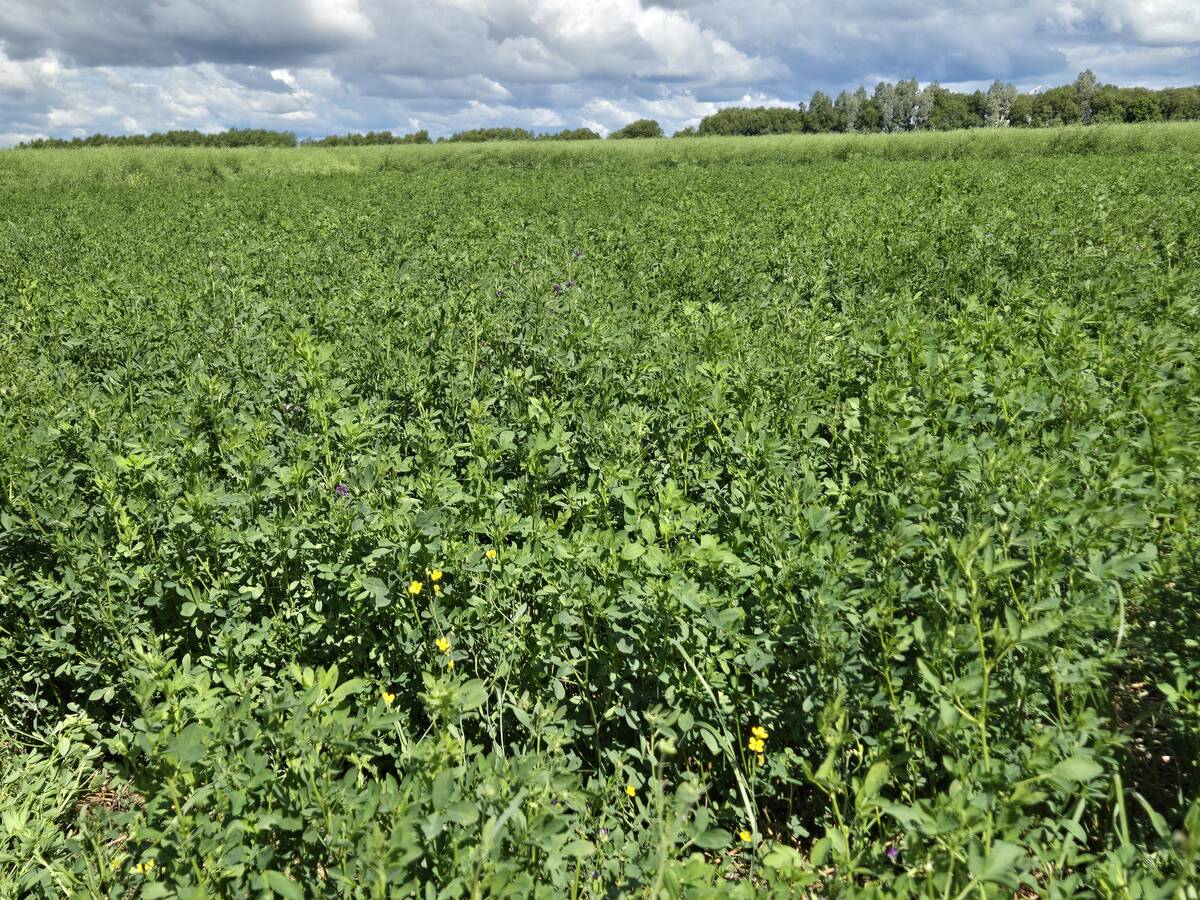Alberta’s rural leaders spent much of the recent convention debating what they will and won’t advocate for when dealing with the provincial government.
Here’s a breakdown of some of the key topics that were discussed:
- Rural representatives voted in favour of requesting that the province implement a communications plan to advise the agriculture sector of changes to workplace legislation. The mover of the resolution argued that without an effective communication plan, farmers and ranchers may not fully understand the proposed changes and could be penalized for things they weren’t aware of.
- Rural leaders voted in favour of the AAMD&C advocating for the government to provide long-term financial supports to agriculture boards and societies through the Alberta Lottery Program. Those in favour of this resolution said agriculture boards and societies provide economic and social benefits to their communities. The societies and boards work on challenges involving weeds, pests, invasive species, soil erosion and other environmental issues. The societies recently received emergency funding from the province, and there is no word yet on if more funding will become available for the long-term.
- AAMD&C delegates voted in favour of municipalities and counties collaborating on issues involving caribou recovery in Western Canada. Those in favour of the resolution argued that planning hasn’t been collaborative, and that caribou travel across multiple districts, so it would make sense for rural communities to work together.
- Rural representatives hotly debated the issue of merging with the Alberta Urban Municipalities Association. Those against the resolution to refuse a merger argued that while they weren’t in favour, the language of the motion could give the impression that rural folks don’t want conversations with city dwellers. However, those in favour of the resolution argued they still want a relationship with AUMA, but don’t want to merge because they felt rural voices could get drowned out. The resolution to refuse a merger passed with 70 percent.
- AAMD&C delegates voted in favour of lobbying the provincial government to create and staff a health unit that would provide specialized clinical counselling and therapy for distressed emergency first responders. Those for the effort argued that current counselling services in place aren’t adequate. They said healthier first responders mean better services for the people they serve.
- Rural representatives were overwhelmingly opposed to a resolution that called for the AAMD&C to advocate for the return of the pesticide Lindane. Those in favour of Lindane’s return argued it would be allowed only by certified seed cleaning plants and it would help control the spread of wireworms. Those opposed said the pesticide is bad for the environment and does more harm than good.
Read Also

Manitoba Parkland research station grapples with dry year
Drought conditions in northwestern Manitoba have forced researchers at the Parkland Crop Diversification Foundation to terminate some projects and reseed others.

















